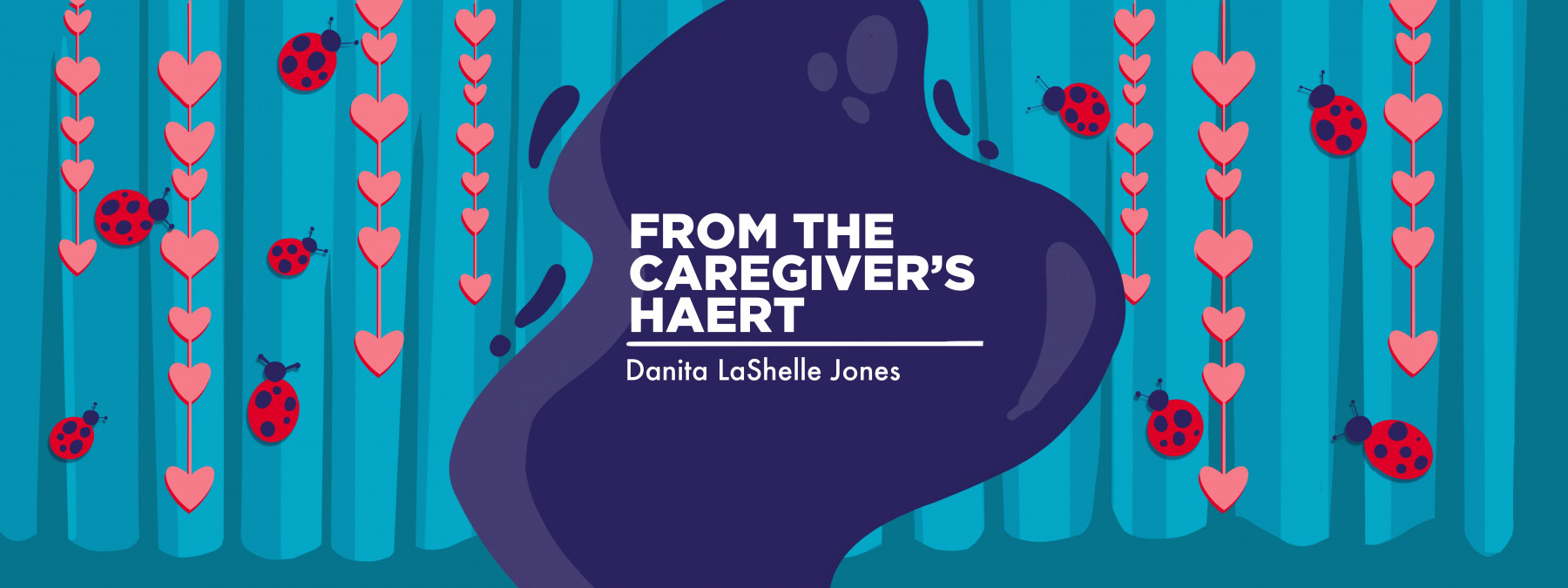Even adults need memory strategies for HAE therapies
Out of practice, out of mind: A practiced caregiver finds a slip-up can still happen

“A loaf of bread, a container of milk, and a stick of butter,” she repeated as she skipped down the street. The animated little girl journeyed down the sidewalk to the corner bodega, repeating that phrase in a catchy cadence after her mother sent her on an errand.
When she arrives at the store, she asks the cashier to get what her mother wants, but she can’t remember the last product. In true children’s television fashion, she inquires if the viewers remember what her mother said, which jolts her memory.
This famous “Sesame Street” cartoon segment taught children to remember simple directions through rhythm and repetition. Although the segment clocked in at under two minutes, an entire generation of adults still remember those items in that exact order and can repeat it in that cadence.
I grew up using the same concept to help me remember directions or simple lists. And while my mother capitalized on this to help me with schoolwork, I eventually somewhat abandoned using rhythm to remember things. However, as rudimentary as it seemed, I never realized how necessary it would become later in life.
When our daughter, whom we lovingly call Ladybug, was diagnosed with hereditary angioedema in 2021, two traveling home healthcare nurses came to our house to train us. The first nurse taught us how to administer Berinert, an emergency medication for flares, and several weeks later, a second nurse trained us to administer Haegarda, a preventive medicine.
Each comes with one vial of sterile water and a vial of powder. However, different steps were involved at the time when constituting Berinert and Haegarda. Therefore, one misstep could result in the powder not dissolving properly or the water not getting into the other vial.
“Just remember,” the Haegarda nurse told me, “medicine up, water flows down.” He repeated it several times until we both reached a comfortable rhythm. Then, finally, I was confident. I was a pro.
Weeks later, I found a way to remember the difference between both processes. “Hae up, water flows down,” for the Haegarda, and “the other is opposite.” And for weeks, repeating that phrase helped me remember both processes.
Then, we hit a period when Ladybug didn’t have any flares. Although her preventive medication was still necessary, we celebrated having no swells. I thought we finally had this thing under control.
The unfortunate thing about HAE is its unpredictability, especially in young girls whose hormones fluctuate. After about five weeks with no issues, Ladybug awoke from a nap with a swollen face. It was clear I needed to do an emergency infusion.
At first, I thought it was no big deal. I’d administered Berinert countless times, and surely doing it again this time wouldn’t be any different.
Medicine up, water flows down.
Yet I realized I’d made an egregious mistake when I attempted to constitute the medication. “Water flows down” wasn’t for Berinert. But because I had breached the vacuum seal, there was nothing I could do. I’d just lost a vial of medicine.
Thankfully, we had a backup in our medical refrigerator. I paused long enough to remember the correct process, and after giving Ladybug the infusion, she was fine a few hours later.
But what happened? How could I have messed up something I’d done countless times before?
The answer: I’d stopped repeating the phrase. The simple line “the other is opposite” had left my brain. Because of the differences in the preventive meds, I created a separate, independent rhythm and essentially forgot what I should remember.
Regretfully, instead of a TV audience to remind me what to do, I just had a wasted vial of medicine that told me not to do that again.
Ladybug has since switched to a different preventive medication, Takhzyro (lanadelumab), but we still use Berinert when necessary. But now, I know how critical it is to repeat the cadence to myself, even if I don’t use it for a while.
As a caregiver of a person with a rare disease, I have to do whatever it takes to remind myself of essential processes. And if that means a simple phrase can help me remember how to administer medication, then I will repeat “the other is opposite” for as long as I need to.
Note: Angioedema News is strictly a news and information website about the disease. It does not provide medical advice, diagnosis, or treatment. This content is not intended to be a substitute for professional medical advice, diagnosis, or treatment. Always seek the advice of your physician or other qualified health provider with any questions you may have regarding a medical condition. Never disregard professional medical advice or delay in seeking it because of something you have read on this website. The opinions expressed in this column are not those of Angioedema News or its parent company, Bionews, and are intended to spark discussion about issues pertaining to angioedema.








Leave a comment
Fill in the required fields to post. Your email address will not be published.